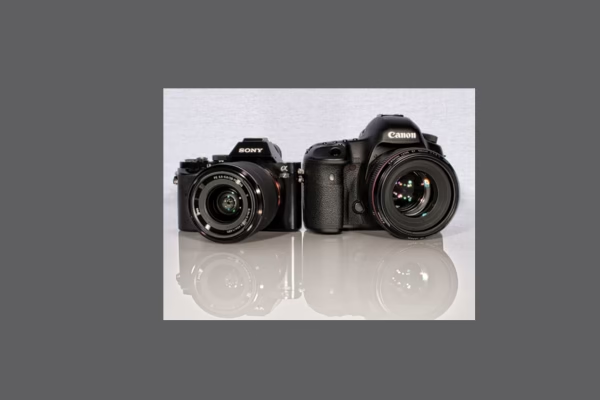Best camera setting in cloudy weather presents unique challenges and opportunities for photographers. While overcast skies can reduce harsh shadows and produce even lighting, they also decrease contrast and vibrancy. To capture the best possible images in such conditions, adjusting your camera settings thoughtfully is essential. Here’s a guide to getting great shots on cloudy days.
1. Adjust White Balance
Cloudy weather can give your photos a cool, bluish tone. To correct this, set your camera’s white balance to the “Cloudy” preset. This warms up the image slightly, compensating for the cold light and bringing out more natural skin tones and colors.
2. Use a Wider Aperture
With reduced light from the clouds, a wider aperture (like f/2.8 to f/5.6) lets in more light, helping you maintain proper exposure. A wide aperture also creates a shallow depth of field, which is great for portraits and subject isolation.
3. Increase ISO Sensitivity
Since the light is dimmer, increasing your ISO can help keep your shutter speed fast enough to avoid blur. Start with ISO 400 and adjust as needed. Modern cameras can handle higher ISO levels with minimal noise, so don’t be afraid to go up to ISO 800 or 1600 if necessary.
4. Shutter Speed Adjustments
In cloudy light, your shutter speed may need to slow down to compensate for the darker environment. Be cautious if you’re shooting handheld; aim for a shutter speed of at least 1/100 second to prevent motion blur. If shooting landscapes with a tripod, slower speeds are fine and can even create interesting motion effects with wind or water.
5. Boost Contrast and Saturation
Cloudy days often lead to flat-looking images. If your camera allows, slightly increase contrast and saturation in your settings to make colors pop. Alternatively, shoot in RAW format and enhance these aspects during post-processing without losing image quality.
6. Use Spot Metering
Metering in cloudy conditions can be tricky, especially with uneven lighting. Using spot metering allows you to expose for a specific part of the scene—like a subject’s face—rather than the entire frame, giving more accurate results.
Conclusion
Cloudy conditions may seem dull at first, but they offer an excellent opportunity for capturing soft, diffused light that flatters most subjects. With the right camera settings—adjusting white balance, aperture, ISO, shutter speed, and contrast—you can turn overcast skies into beautifully moody and expressive images. Embrace the weather, and let your creativity shine through the clouds.

